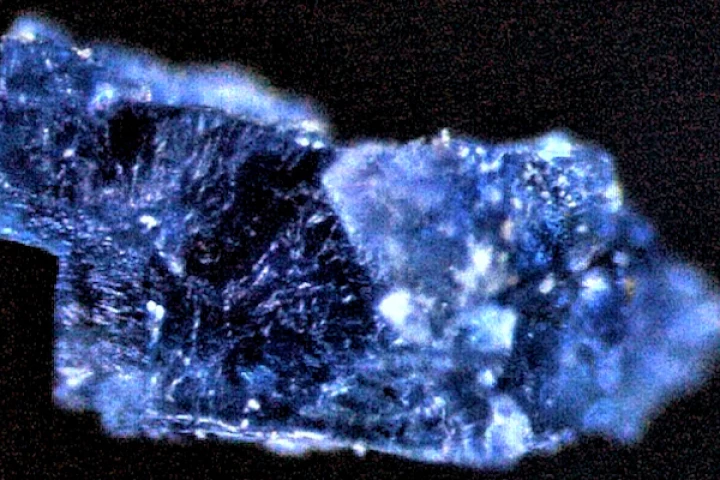Meteorite
-
Meteorites can tell us stories of ancient stars and long-lost planets. One of these stories has now been uncovered in a piece of space rock retrieved from Antarctica, containing grains from a stellar explosion that predates the Sun.
-
Scientists have discovered a tiny fragment of a comet in a meteorite. The bulk of the rock itself was once an asteroid, but when the team cracked it open and analyzed the inside, they found that the growing asteroid must have swept up the seed of a comet billions of years ago.
-
Asteroids are the leftovers from the formation of the solar system, and they can tell us a lot about those early years. Now scientists have studied a weird space rock and found that it’s the oldest known igneous meteorite, dating back to one of the very first volcanic eruptions in the solar system.
-
The Sun was far more active in its early years, but we only really know this from studying other similar stars. Now, researchers have found the fingerprints of this active young Sun in tiny, bright blue crystals preserved in meteorites from a collection at Chicago’s Field Museum.
-
They might seem like boring rocks, but asteroids and meteorites have fascinating stories to tell about the history of the solar system. New research from the University of Florida has now traced back the origins of almost all asteroids in the inner belt to just five or six ancient minor planets.
-
According to the results of a new study, soon after the creation of the solar system, Mars may have formed a primordial crust capable of hosting life. The research is based on an analysis of the rare and super-valuable Black Beauty meteorite, which was discovered in the Sahara Desert back in 2011.
-
Evidence is mounting that the building blocks of life were assembled in space and then delivered to Earth after new experiments managed to produce a key amino acid under simulated space conditions. This means we humans, and all other life on the planet, might have actually been aliens all along.
-
As leftovers from the formation of the solar system, meteorites can act as time capsules. Scientists at the EPFL have now examined a piece of an asteroid known as 2008 TC3 and found diamonds that could only have come from a large, long-lost planet that roamed our neighborhood billions of years ago.
-
To help hunt down elusive iron meteorites in Antarctica, the University of Manchester recently tested its new towable metal detectors as part of the first ever British-led meteorite hunting expedition in Antarctica that will be carried out in conjunction with BAS.
-
Two meteorites that fell in 1998 were found to contain traces of liquid water and organic compounds vital to life. Now, a comprehensive chemical analysis of them suggests their organic matter could come from an ancient ocean world, giving them the potential to kickstart life wherever they land.
-
In 1996, scientists discovered the strangest stone ever found. Nicknamed the Hypatia stone, it was later found to be extraterrestrial, but unlike any known kind of meteorite. A new study has deepened the mystery even further, finding that Hypatia could be interstellar or predate the Solar System.
-
A weapon as legendary as the dagger of King Tutankhamun needs an epic backstory, and last year X-ray analysis showed that the iron in the blade came from meteorites. Now a study has found that the artifact was far from alone as all iron tools dating back to the Bronze Age have otherworldly origins.
Load More











